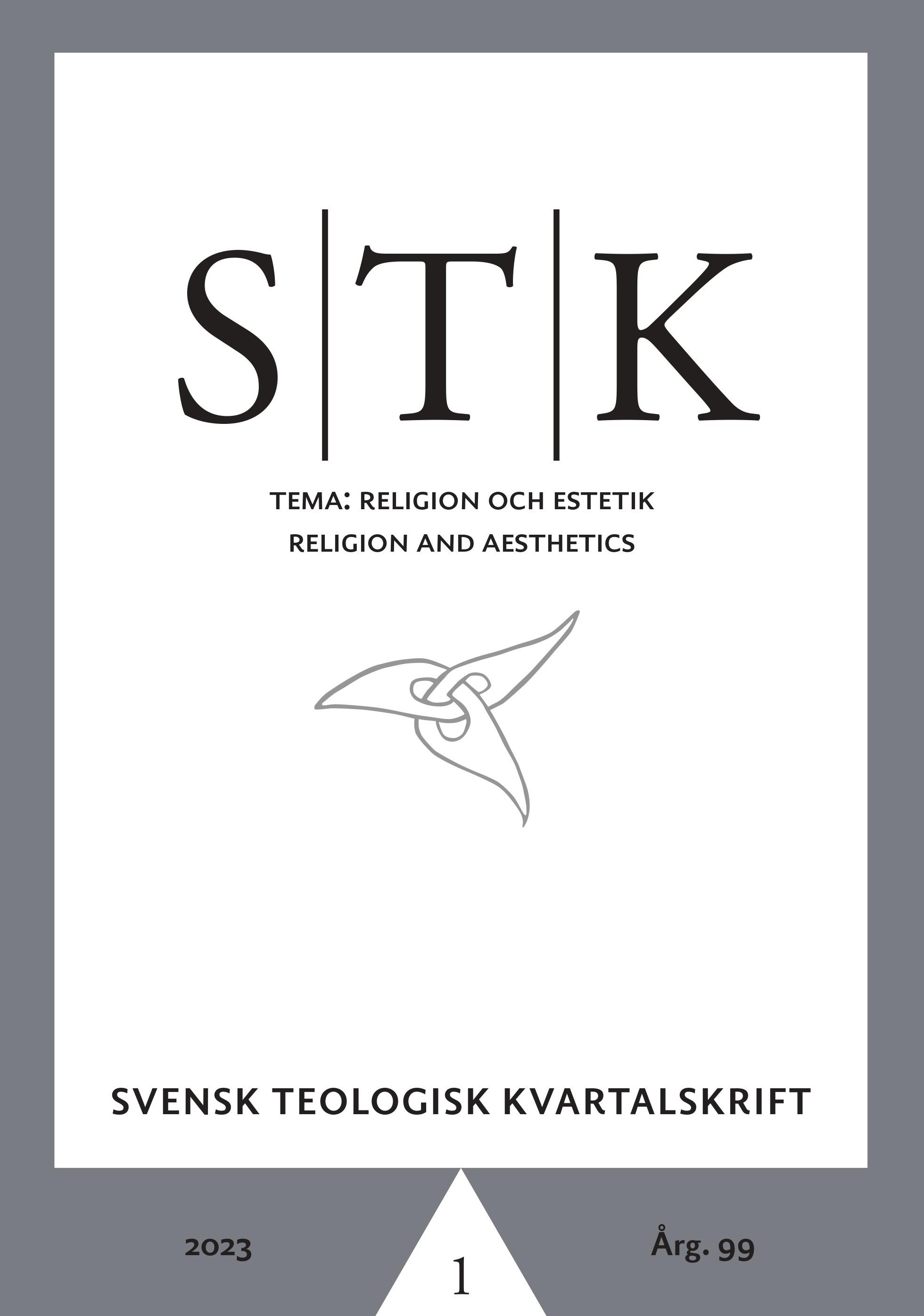The Numinous and the Art of Social Justice
DOI:
https://doi.org/10.51619/stk.v99i1.25073Abstract
In Das Heilige, Rudolf Otto discusses not only conceptual, but artistic parallels to the idea of the "numinous". The artistic styles and periods that he mentions are those admired by European literati and intellectuals of his time. They include the spare Chinese landscapes "of emptiness", made in the classical period of the Tang and Sung dynasties, as well as the gothic art that inspired the movement towards abstraction in the early twentieth century. Related ideas continue to pervade the discourse of champions of abstract art well into the twentieth century, as in in Michael Fried's exegesis of "presentness", in his essay "Art and Objecthood". Seemingly counterintuitively, ideas associated with the numinous also infiltrate discourses of the art of social justice. Some Jewish thinkers who referenced or absorbed Otto's ideas, translated them into relational notions or ethical ideas of responsibility. When these ideas seep into the contemporary discourse of social justice art, concepts of the numinous cling to them. An investigation of a significant work of art in the service of social justice reveals a connection between conceptual art, the numinous, and social justice that extends from the era of the early 1980s into our own time.
Downloads
Publicerad
Nummer
Sektion
Licens
Copyright (c) 2023 Margaret Olin

Detta verk är licensierat under en Creative Commons Erkännande-Ickekommersiell-IngaBearbetningar 4.0 Internationell-licens.


